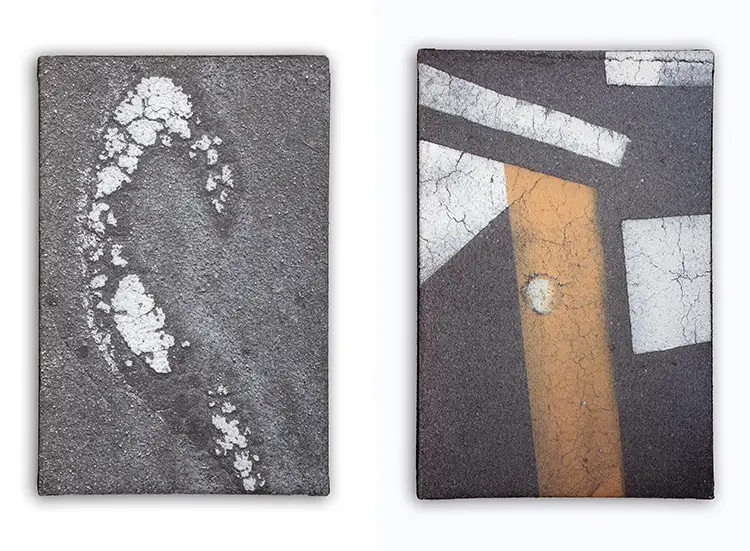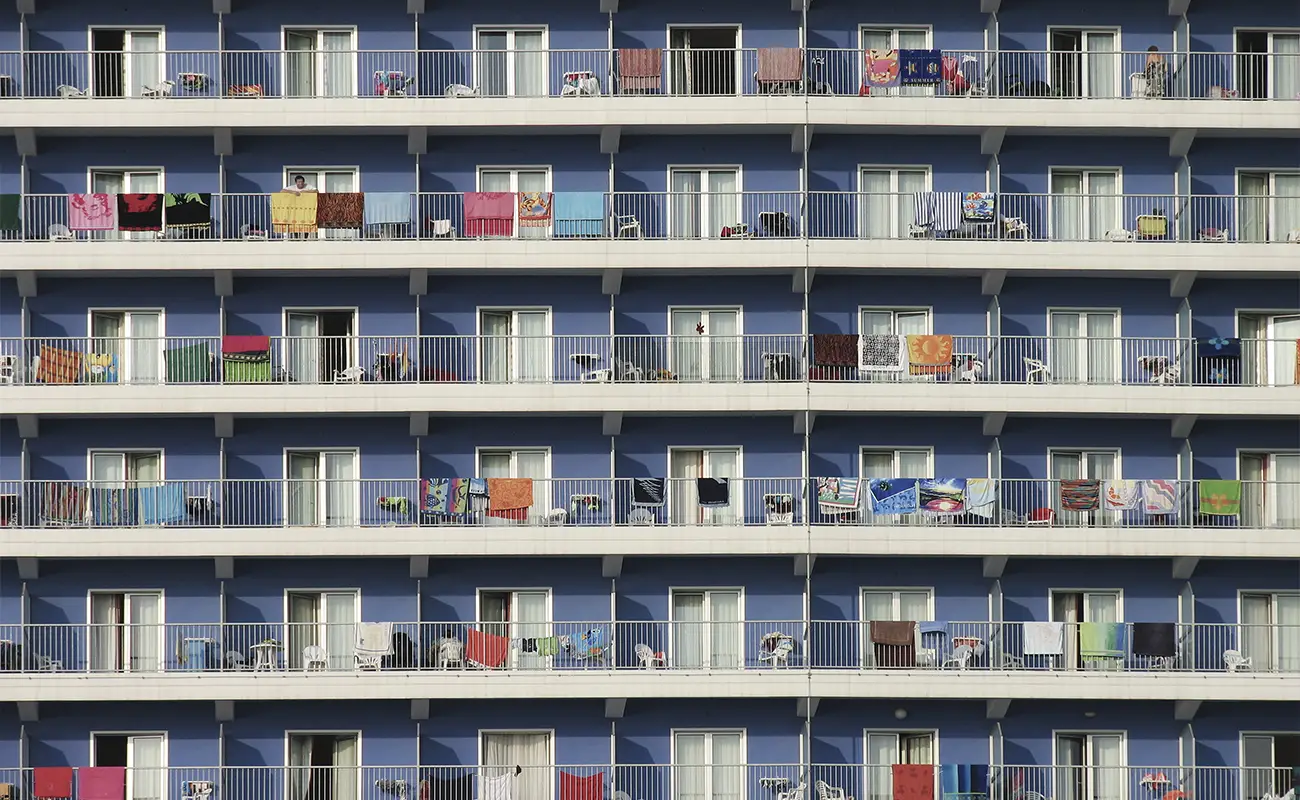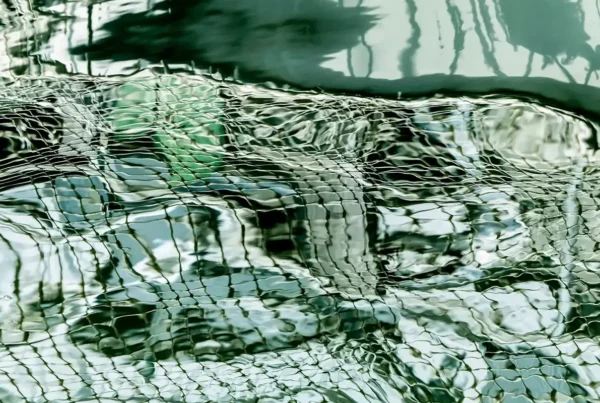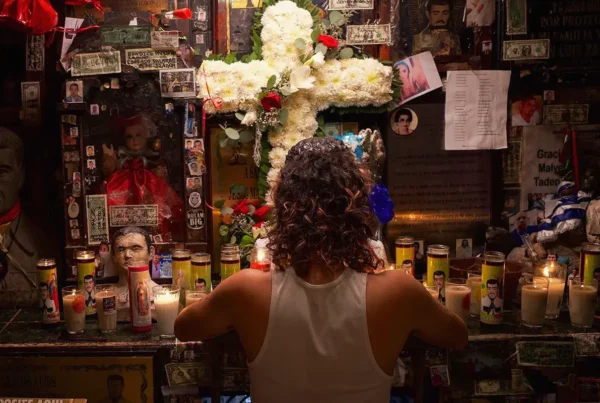“Each photographic project is a tool for analysis, a way to make visible the cognitive dynamics that translate into spatial choices and collective behaviors.”
Where Rivers Reflect and Cities Echo
Born in the Italian town of Adria, nestled within the Po Delta Natural Park, Fabio Negri’s photography is deeply rooted in an environment where nature meets introspection. The quiet rhythm of the great Po River, the birdsongs, and the long, contemplative sunsets create a space conducive to mental stillness and conceptual exploration. Negri’s life between solitude and proximity—surrounded by the nature of the Delta while only kilometers away from cultural capitals like Venice, Verona, Padua, and Bologna—has played a defining role in shaping his artistic perspective. These cities, rich with the legacies of Palladio, Canaletto, Tintoretto, and Titian, offer daily immersion into both historical grandeur and cutting-edge contemporary thought. It is within this duality—natural stillness and artistic density—that Negri’s vision formed, balancing structure with reflection.
Negri’s academic training in geometry and architecture continues to influence the visual language of his work, where lines, volumes, and spatial organization assume a critical role. Unlike many who pursue photography as a tool for capturing aesthetic beauty, Negri has always treated the medium as a cognitive instrument—one that allows space to speak, lines to suggest behavior, and geometry to convey deeper meaning. The recurring presence of structural elements in his images is not incidental, but a conscious strategy rooted in his analytical mindset. Rather than seeking fleeting emotion or ephemeral moments, he focuses on what remains—signs of human logic and order carved into the environment. His photographs are visual constructions, the result of a mind trained to observe not just the world, but the systems behind its arrangement.
Living amidst a nature reserve while staying intellectually tethered to museums and art institutions has nurtured an artistic duality within Negri. He operates in contrast: silence and saturation, nature and architecture, contemplation and critique. This synthesis of surroundings and scholarly influences has shaped a practice that is deeply philosophical in its intent. He does not capture moments but investigates systems. He does not document events but questions behaviors. Whether through minimal compositions or layered installations, his works aim to dissect, expose, and reconfigure how people inhabit space and how space, in turn, reveals people’s minds.
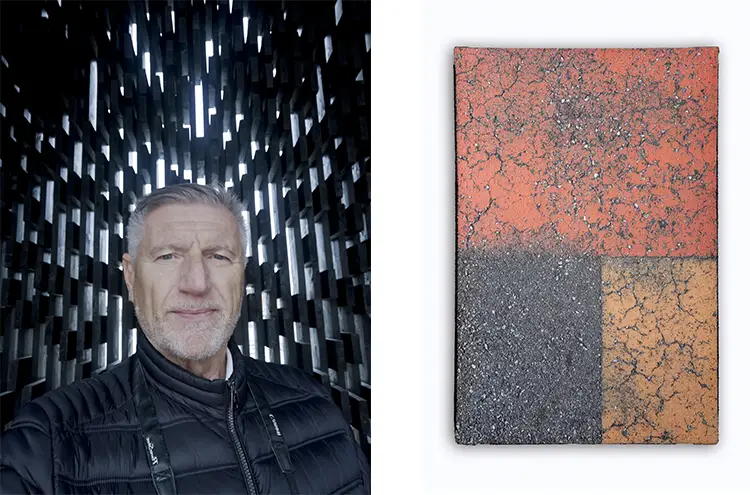
Fabio Negri: From Visual Habit to Conceptual Clarity
Negri’s journey as an artist was not the result of formal institutions or prescriptive education, but rather a personal evolution grounded in self-awareness and critique. His formative years were marked by fascination with visual storytelling, nurtured through books, magazines, and long hours in darkrooms. Yet this early passion eventually collided with disillusionment. He began to question the widespread, formulaic nature of photographic trends—repetitive subjects, predictable framing, and titles that promised depth but delivered little. Realizing that such images contributed nothing new to the visual discourse, he stepped away from single-shot photography and entered a period of conceptual maturation that redefined his artistic identity.
This turning point led him to abandon the idea of photography as mere aesthetic expression. He no longer aimed to surprise visually, but instead to explore psychologically and sociologically. Each new project became an inquiry into the structures of human existence, guided by his interests in cognitive science and behavioral patterns. Rather than portraying people directly, he chose to analyze the environments shaped by human presence—interiors, exteriors, materials, and spatial arrangements that act as behavioral mirrors. In Negri’s images, absence becomes presence: no figure appears, yet human decisions resonate throughout the composition. His work uncovers how collective and individual biases translate into spatial decisions, revealing unspoken rules and silent automatisms embedded in the built world.
Negri defines himself as a photographer of human behavior. This unique framing allows him to operate outside the boundaries of traditional portraiture or documentary work, opting instead for visual essays that examine the psychological blueprints of society. By capturing the residuals of life—architecture, barriers, grids, and emptiness—he turns photography into a diagnostic tool. His practice doesn’t aim to beautify or memorialize but to interrogate and decode. Through this shift, his photography gained clarity and purpose, emerging as a body of work that confronts the viewer not with emotion but with reflection, demanding engagement on an intellectual and often uncomfortable level.
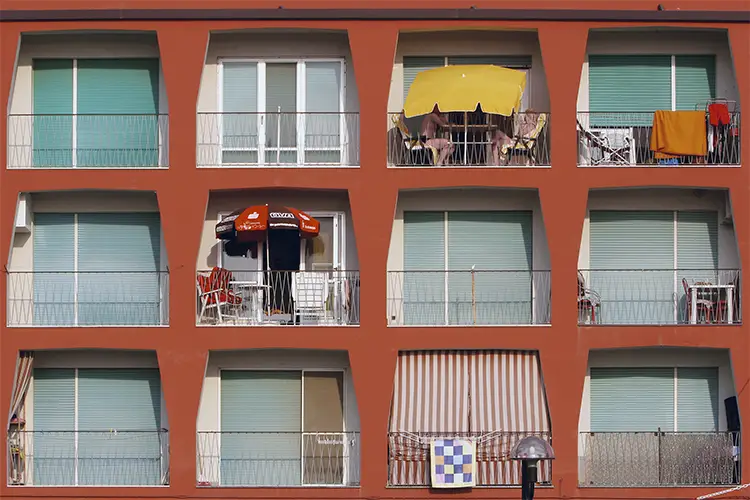
Structures of Freedom and the Irony of Uniformity
Among Fabio Negri’s conceptual bodies of work, SUMMER FRONT (Parody of Freedom) stands as a foundational project that crystallizes his methodology and thematic interests. In this series, he examined the paradox of summer—an archetype of liberation in the collective imagination—through a lens of contradiction and critique. Traveling along 500 kilometers of Italy’s Adriatic coast, from Venice to Pescara, he photographed seaside residential structures that, rather than suggesting escape, revealed a pattern of constriction. Instead of spontaneity and freedom, Negri found repetition, standardization, and geometric rigidity, which he captured through the strict orthogonality of his framing. The series transformed holiday architecture into symbols of a constrained liberty, revealing a deeper commentary on societal behavior.
The irony embedded in SUMMER FRONT lies in its visual contrast: sunlit facades and vibrant palettes disguise the psychological enclosure they represent. The viewer is drawn in by familiarity but confronted with uniformity. These structures, meant to host leisure and individuality, appear more like mass-produced cages when examined through Negri’s lens. By flattening perspectives and emphasizing symmetry, he stripped away the decorative layer of summer culture, exposing instead a behavioral blueprint where freedom is ritualized, codified, and ultimately diminished. It is here that Negri’s interest in cognitive and behavioral bias becomes visually explicit: even in contexts designed for escape, people recreate the same systemic limitations they seek to abandon.
The success of SUMMER FRONT extends beyond conceptual execution. The project has earned significant critical recognition, featured in major photography magazines and exhibited both in Italy and internationally. It was a finalist at the Combat Prize, displayed at the Fattori Museum in Livorno, and shortlisted at the Arte Laguna Prize, with exhibitions at Venice’s Arsenale Nord. It also reached audiences in Asia through a showcase at Boaneng First Space in Shenzhen, China. Through this project, Negri established a framework for his future practice: photography not as decoration or documentation, but as inquiry. SUMMER FRONT became a visual thesis—one that questioned not what we see, but how we behave within what we see.
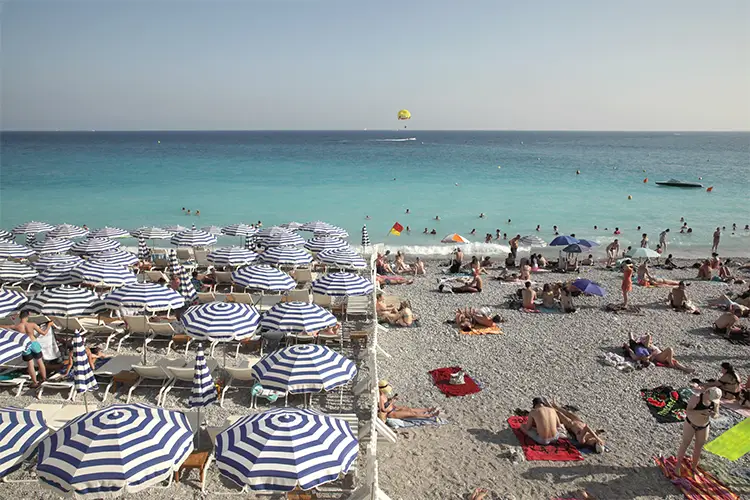
Fabio Negri: Expanding the Frame, Challenging Perception
Negri’s evolving body of work reflects an increasingly complex engagement with photography as both medium and message. While he continues to produce visual series grounded in pure photography, such as ALTI CIELI and EXPLAIN TO ME, he has also moved into experimental territory, using photography as a foundational element in multisensory installations. In DELTAPOROAD – Theory and Practice of Perception, for example, he printed asphalt imagery on tar paper, creating tactile experiences that encouraged viewers to rethink their everyday environments. The project invited audiences to not only see, but also touch and cognitively process materials typically overlooked, challenging habitual ways of perceiving the world. It will be exhibited at EKA Space in Shanghai, further extending Negri’s international reach.
His project RESET – Story of a Crooked World continued this conceptual direction, offering a provocative commentary on waste, consumerism, and illusion. By collecting discarded objects and encasing them in plexiglass, he transformed trash into museum-like artifacts, calling attention to the aesthetic and ethical consequences of consumption. Each piece questioned the notion of economic balance and progress, suggesting that the equilibrium many accept as stable is, in fact, a carefully packaged illusion. Similarly, in ODIQUAODILA, Negri constructed an installation that confronted internal limitations and untapped personal potential, encouraging self-examination and resilience. The work became a psychological provocation, a call to recognize the inflated scale of perceived obstacles.
One of his most poignant current projects, DENIED IDENTITY, continues his critique of uniformity by exploring individuality within apparent sameness. Inspired by the observation of a poplar plantation, Negri photographed trees that appeared identical at a distance but revealed distinctive features upon close inspection—subtle veins, textures, and forms that contradicted surface assumptions. Through this series, he advocates for a renewed recognition of uniqueness, especially in a social context where stereotypes continue to flatten identity. The work stands as a metaphor for cultural and personal distinctiveness, insisting on the dignity of individual narratives. With DENIED IDENTITY, Negri not only deepens his aesthetic language but also underscores his commitment to social critique, using photography to challenge both what we see and how we think.
